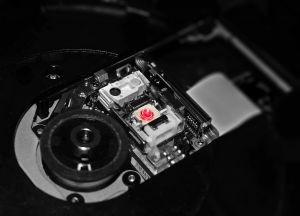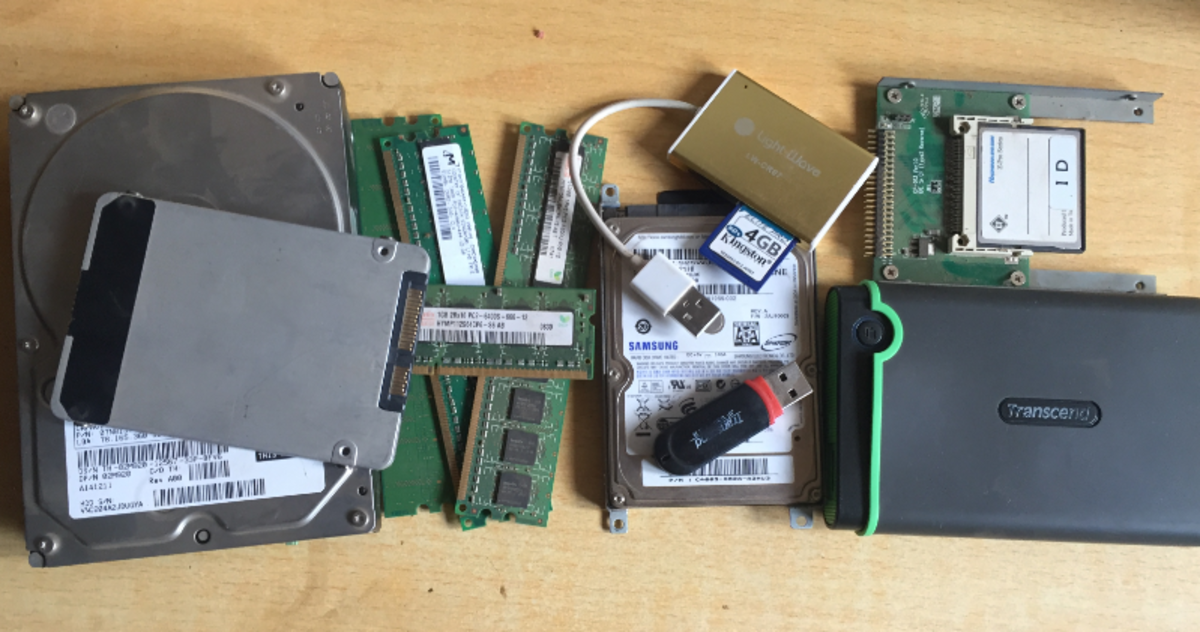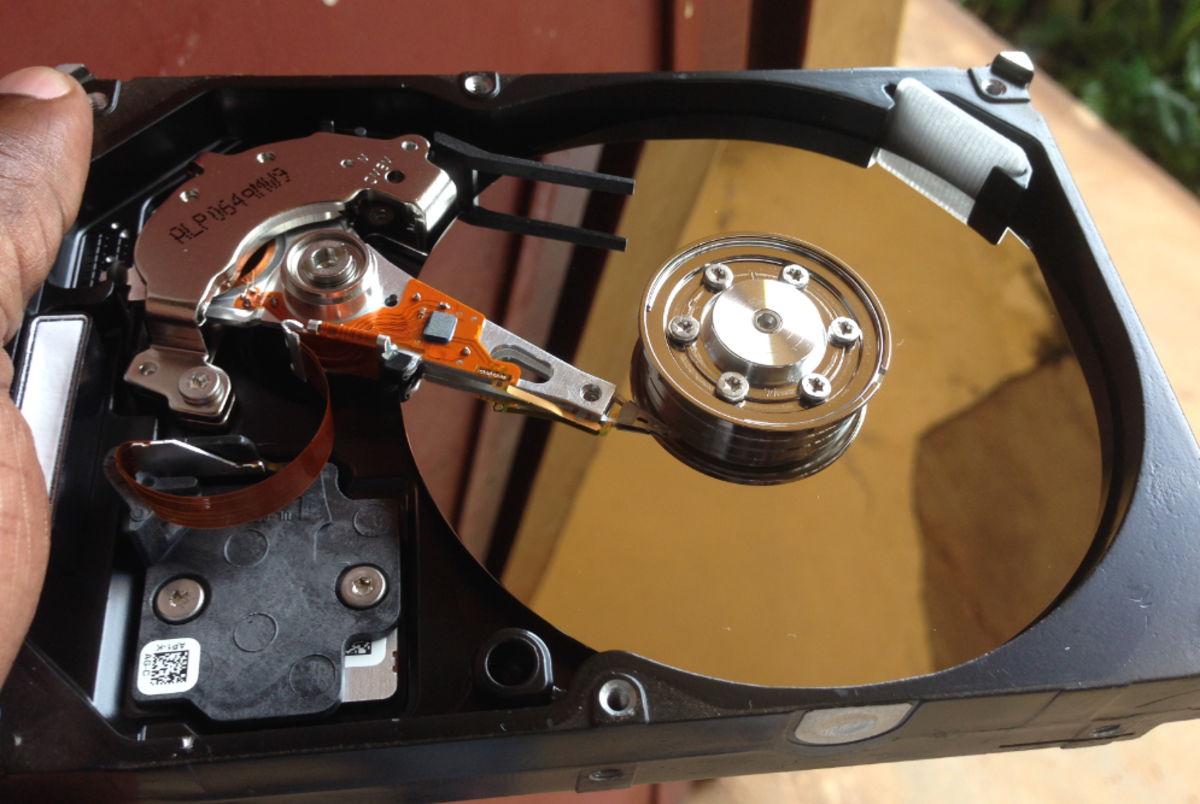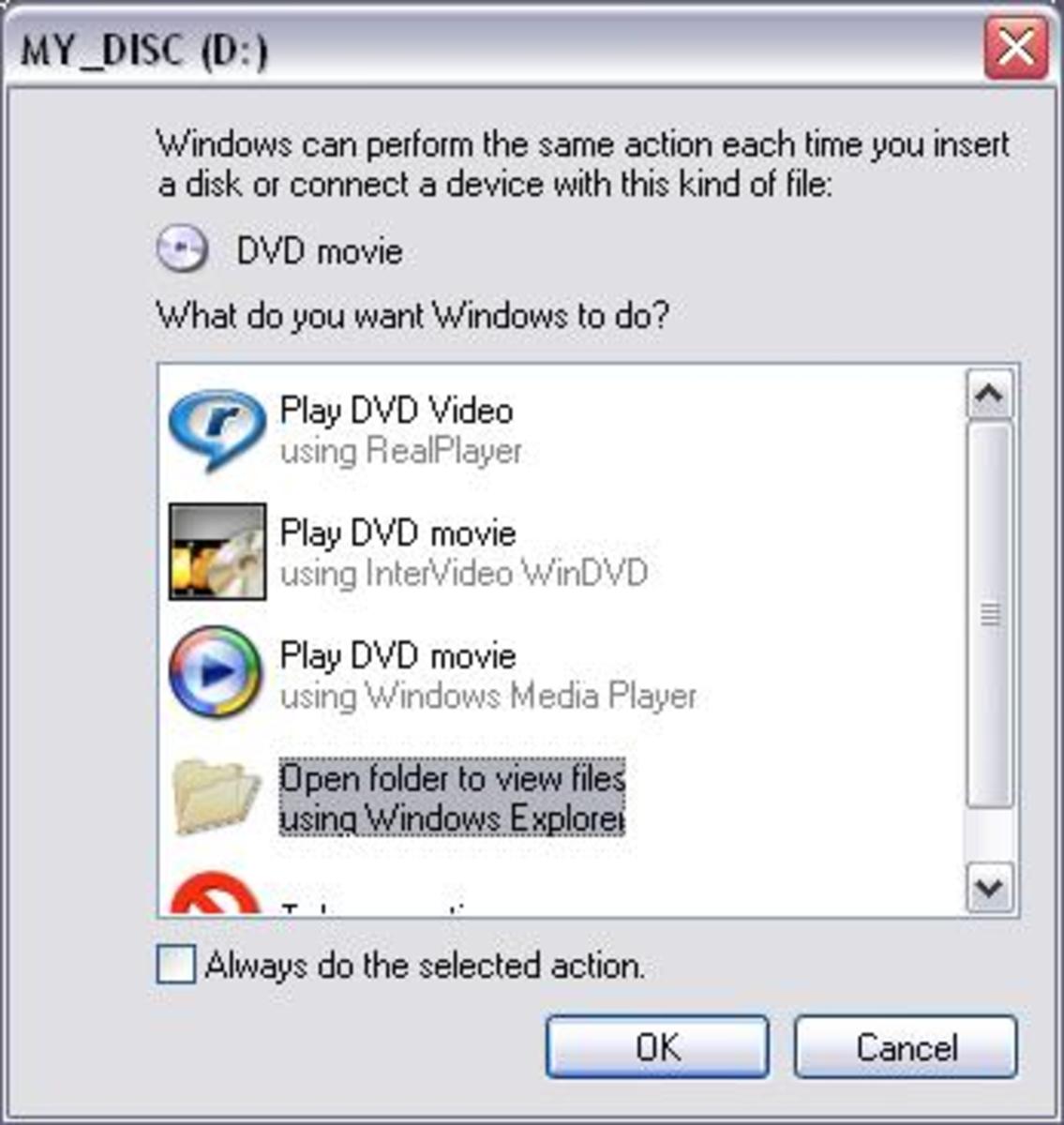The working of an optical drive!

Nowadays, all systems come with DVD burners. Due to this, the use of cassettes has become obsolete since users prefer using DVD’s for storing audio and video fi
We are all aware of what an optical drive is all about as well as the laser which is the most important part of an optical drive that reads or writes data into a DVD. In this article, we take a look at the innards of a DVD as well as how data is read and written using the laser.
THE BUMPS AND FLAT AREAS ON A NORMAL DISK
All data that is stored on a disk in the digital form i.e. 0s and 1s. In a normal CD, these 0s and 1s are represented by bumps and flat areas on the disc’s surface. For reading information, a laser is passed over the track by the CD player. When the laser is passed on a flat area, the beam directly reflects to the optical sensor. The CD player will then recognize this as 1. On the other hand, when the beam is passed over a bump, light is bounced away from the sensor and the player recognizes this as 0.
Starting at the center of the CD, bumps are arranged in a spiral manner. The laser assembly is moved in an outward direction while the disk spins in the CD player. The bumps move at a higher speed near the outer edge if the CD than they move near center of the CD. As the laser assembly moves outward, the CD player slows the spinning speed in order to keep all bumps on the CD moving at the same rate.
ABOUT A DVD-RW DISK
DVD-RW discs are devoid of bumps and flat areas. Instead of these, DVD-RW’s have a reflective metal layer. This layer lies on top of a layer of photosensitive dye.
When there is no data on the disc, the dye is translucent, meaning that light can shine through and reflect off the surface. But when an attempt to write data on a disk is made, due to the heat, the dye turns opaque, i.e. the points are darkened so that the light can’t pass through.
By leaving some areas on the disk translucent and darkening particular points, a digital pattern is created that can be read by a standard DVD player. Hence it acts as a standard DVD though it’s devoid of bumps and flats.
Now that we know some of the basics, let’s further see how the DVD burner can read and write data on a disk.
So far we know that DVD burners darken certain areas of a disc for recording digital data that can be read by a normal DVD player. The burning system is quite precise since data must be encoded properly onto the disc. Actually, the DVD burner works in a similar way like a normal DVD player, except that it contains a ‘write’ laser. The write laser interacts with the disk in a different manner. It can alter the surface of the disk i.e. it can do more than just bounce off light from it. It functions in a similar manner as the read laser i.e. it moves in an outward direction while the disk spins. The bottom layer which is made up of plastic, contains grooves that guides the laser to the correct path accordingly. By making fine adjustments and measuring the speed, the laser assembly makes sure that the burner keeps the laser running at a constant speed. Finally, for recording data, the DVD burner switches the writer laser on and off in synchronization with the 0 and 1 pattern. The laser will darken an area of a disc to encode a 0 or make it translucent to encode a 1.







